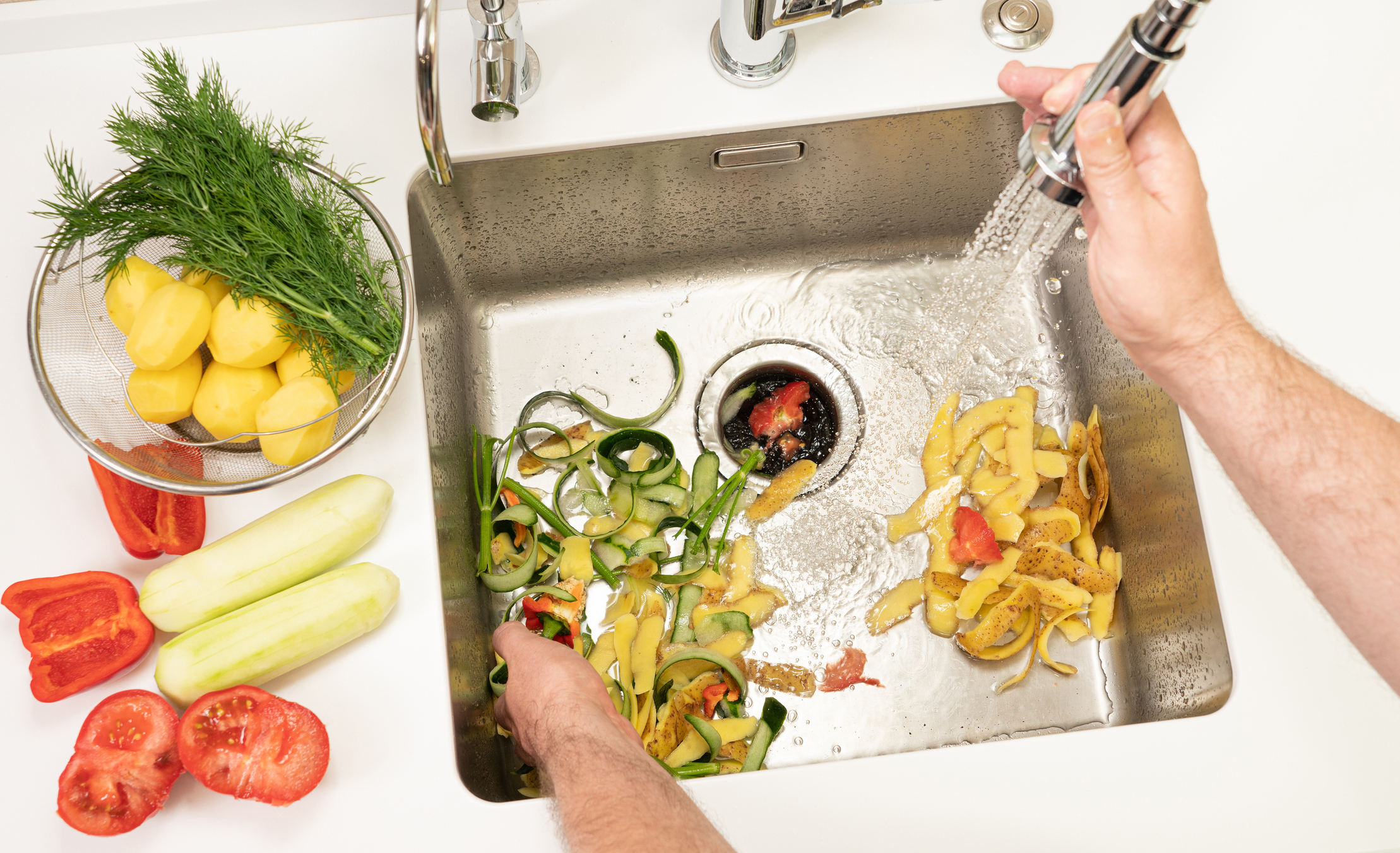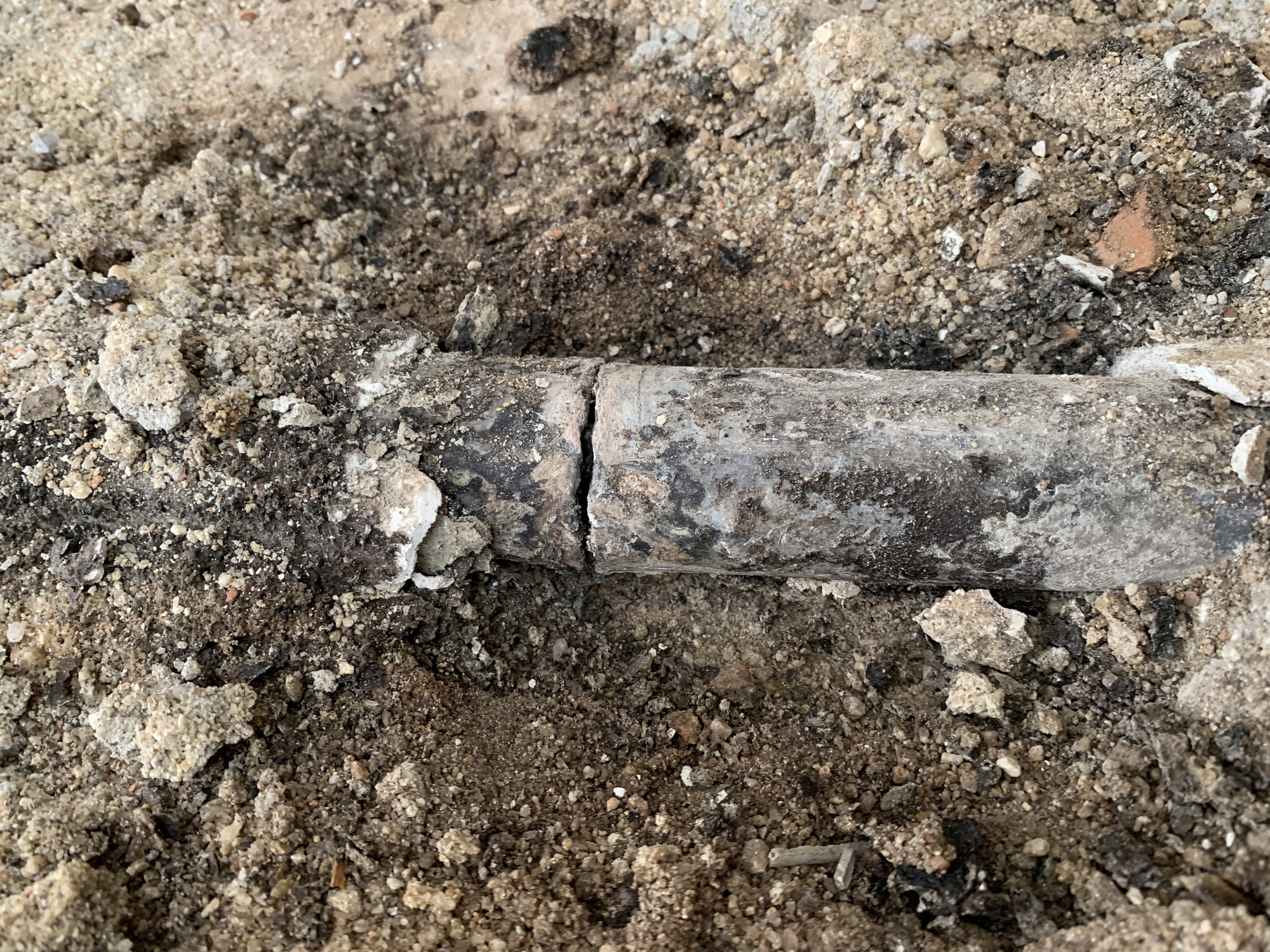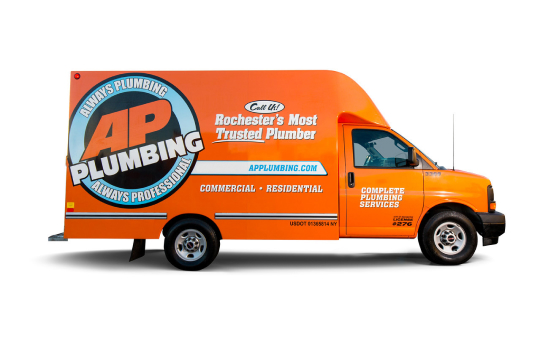Low water pressure is a common problem for homeowners and usually occurs at the worst possible times. No one wants to miss out on the comfort of a post-work shower or be forced to take an extra 20 minutes washing dishes. Fortunately, there are a few easy explanations for your lack of water, and following a few simple steps can help you fix low water pressure at home in no time.
High Water Demand
Sometimes, your water demand is just too much compared to the water supply provided for your home. In this case, your only real option would be to coordinate your usage of appliances with others in your household. Set specific times to use appliances—like your washing machine and dishwasher—that use a ton of water. It may seem like a bit of a hassle at times, but it’s a manageable situation with some communication.
Partially Closed Water Valves
Occasionally, a common cause of low water pressure is that you have a partially closed water meter or water shut-off valve. If you had plumbing services tend to your home recently or did any renovations, it’s likely that your valve was not properly turned back on.
Your water meter valve is located near your water meter. If the valve handle is set at an angle, it is not open. Your water shut-off valve is usually located in one of two places: in the lowest part of your house indoors, like the basement, or along one of your house’s outdoor walls. Always look around the location where the city’s water pipes enter your home. Turn the handle in a counterclockwise direction to fully open the pipe.
Buildup in Water Pipes
Corrosion or other dirt and grime buildup in your pipes can lower the amount of water headed to your appliances. If you want to fix low water pressure in your home caused by debris buildup, you can use a mixture of ½ cup of baking soda and ½ cup of vinegar.
Pour the baking soda down the drain, followed by the vinegar. Wait a few minutes for the mixture the react, then wash everything down with boiling hot water.
Corrosion in Pipes
If buildup isn’t the cause of low water pressure, you may have corrosion in your water pipes. Steel water pipes corrode on the inside over time, and the process is often so gradual that you won’t even notice. The only way to fix corroded pipes would be to repipe your plumbing systems with new plastic or copper pipes. If you suspect that steel water pipes are the cause of low water pressure in your home, reaching out to a local drain cleaning company—like AP Plumbing—to check out your plumbing fixtures is a must.
Failing Pressure Regulator
A new pressure regulator might be what you need to fix low water pressure at home. Pressure regulators adjust the pressure of your water to keep it steady throughout your home. A failing regulator will quickly and dramatically increase or reduce water pressure in your home.
If you aren’t sure about the status of your pressure regulator, you can do a pressure test with a water pressure gauge. The recommended water pressure is 75 pounds per square inch, so any readings dramatically above or below this setting identify a failing pressure regulator as the cause of low water pressure for you.
Looking To Fix Low Water Pressure in Your Home?
While a few fixes for low water pressure are simple and easy, more severe problems require solutions only a good plumbing service can provide. Fortunately, an emergency plumbing service like AP Plumbing can send a plumber out right away to solve your low water pressure problems.






